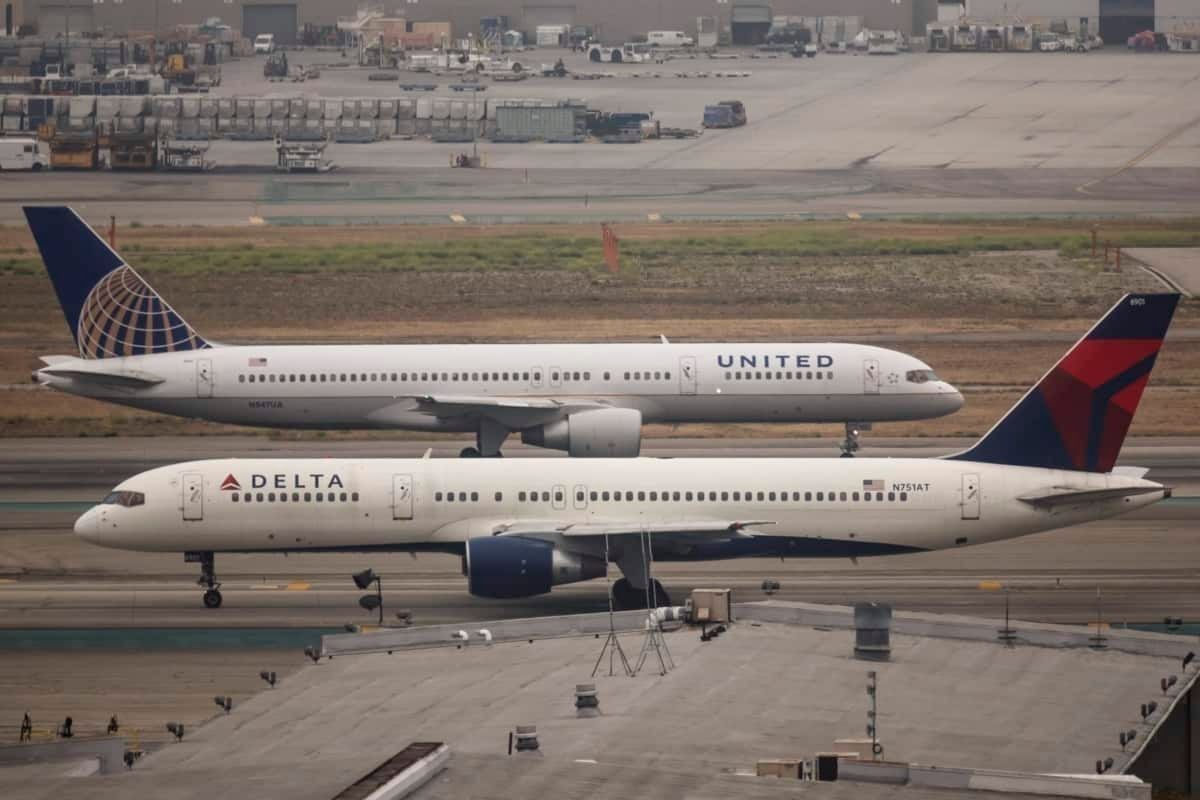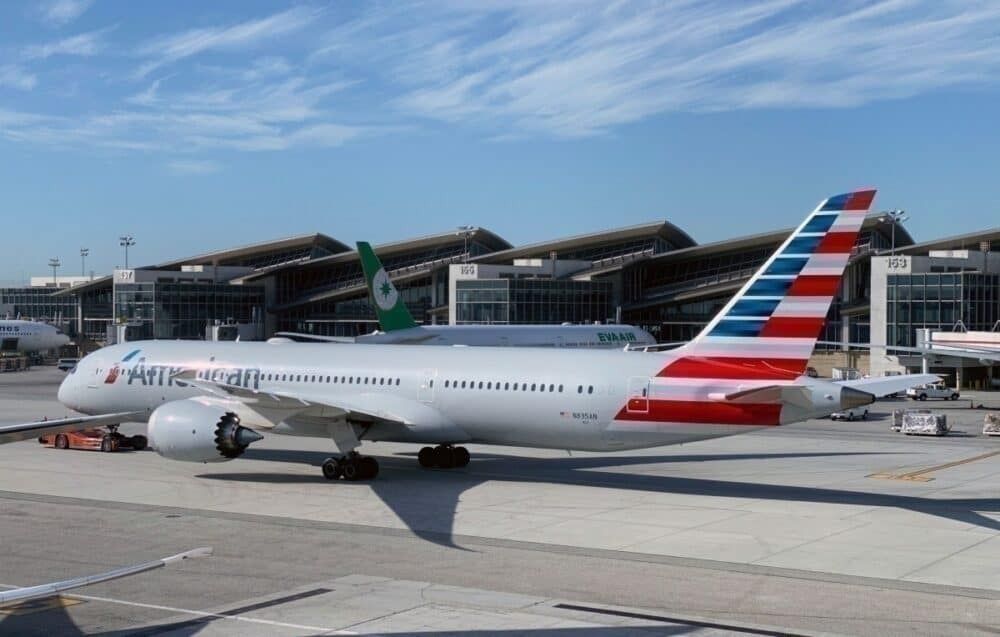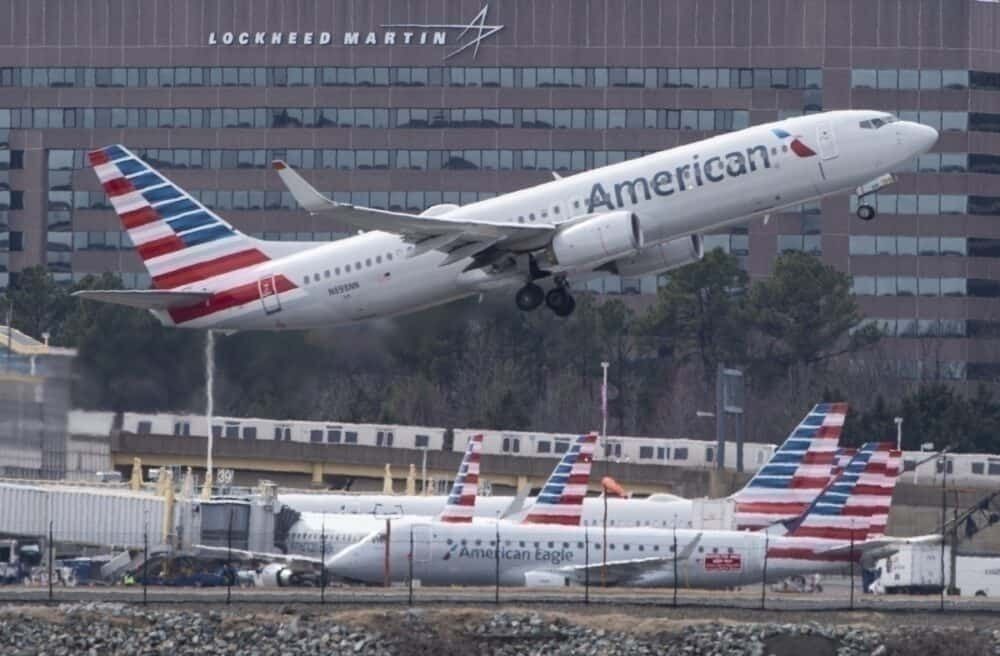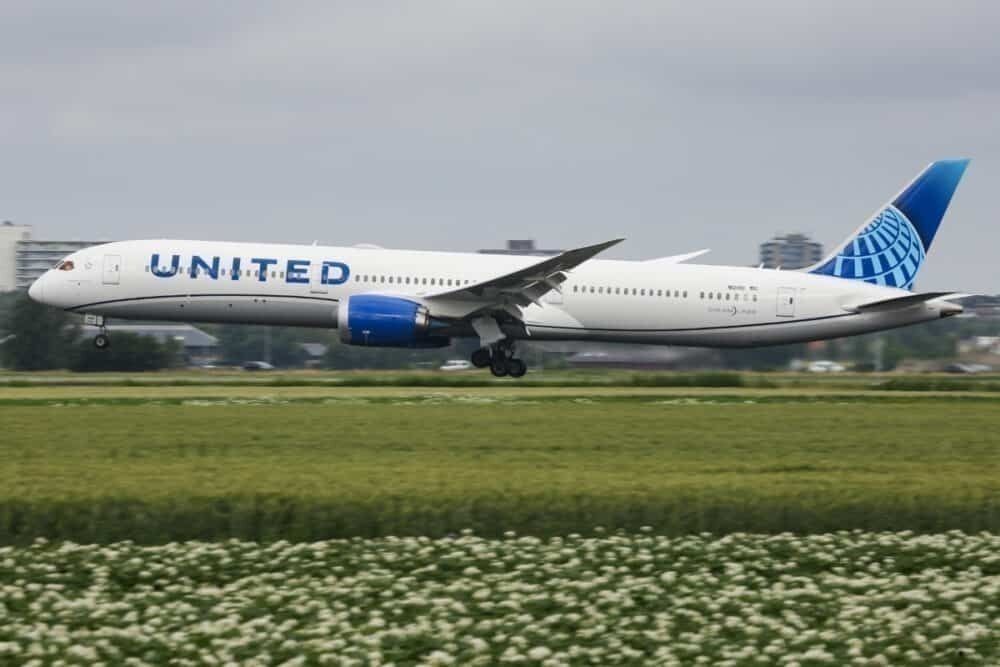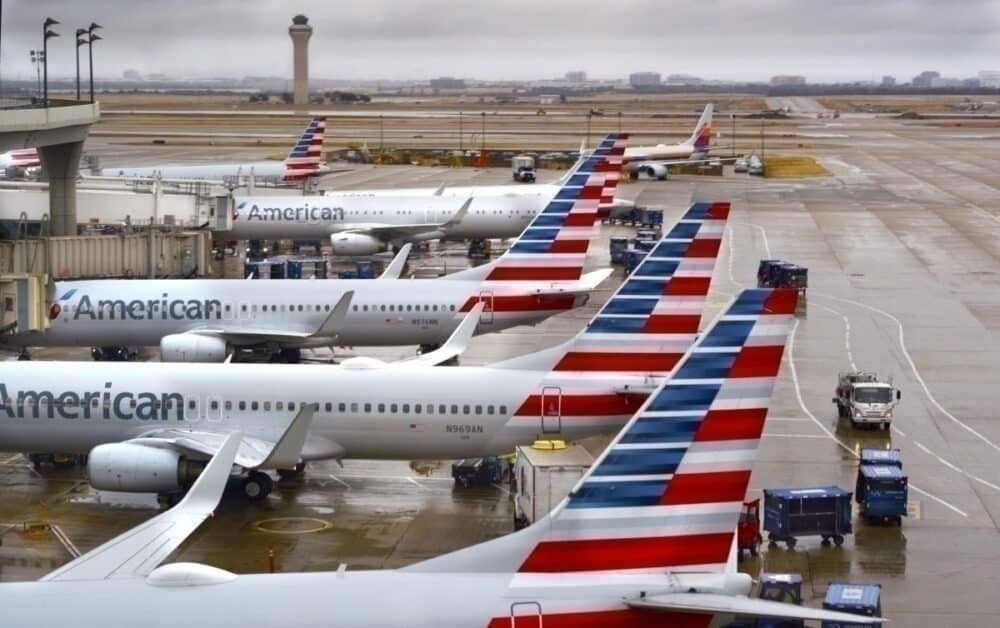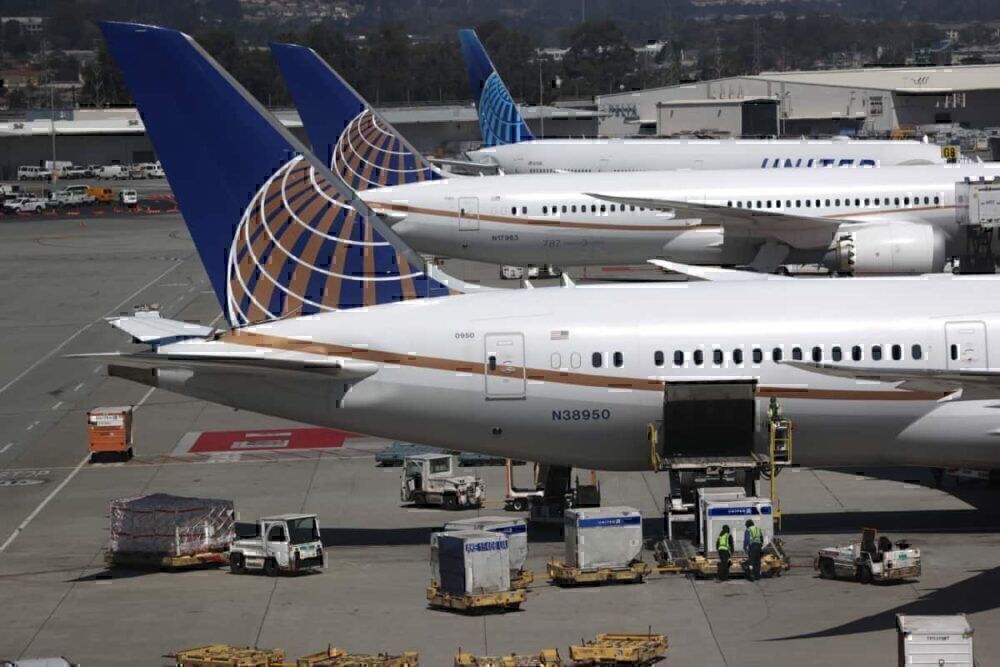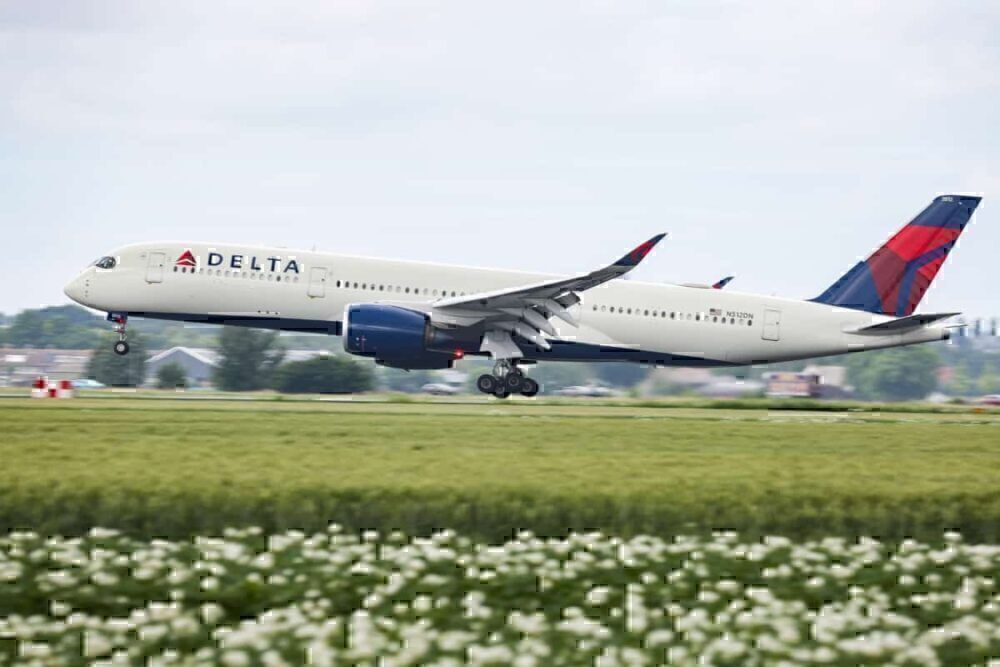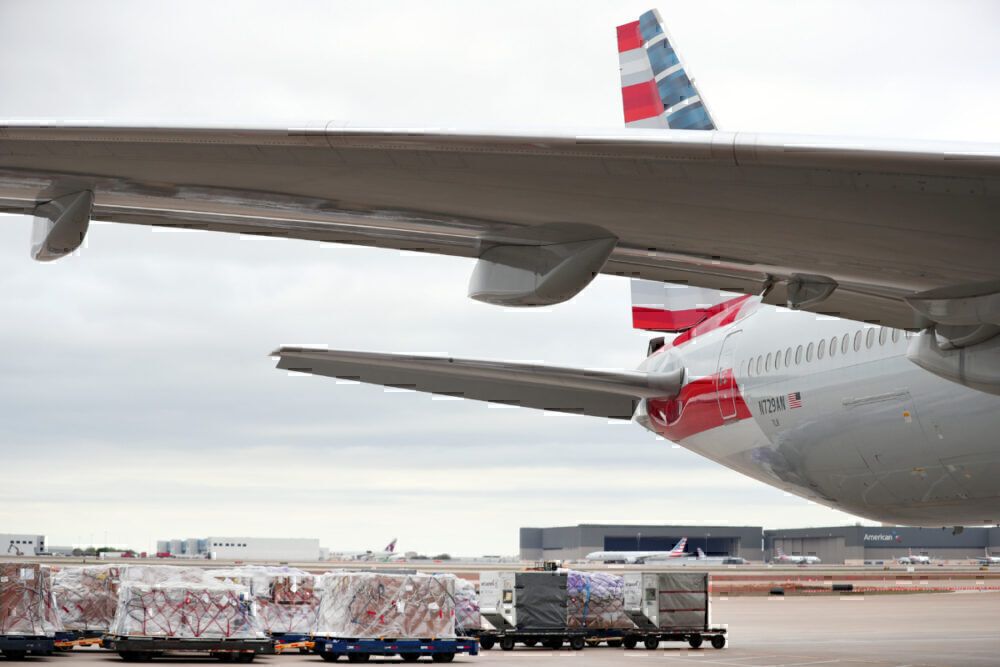United, American, and Delta have all released second quarter results and had their respective earnings calls. Through this information release, there was plenty to learn about how each carrier responded to the crisis and what actions they took to stay afloat. While all three airlines reported losses, here are some of the big winners and losers.
Net loss
All three major airlines turned net losses. United fared the best with a $1.6 billion net loss. Next up was American with just under a $2.1 billion net loss. The worst performance was Delta, with a net loss of a whopping $5.7 billion.
For the first six months of 2020, United posted a net loss of $3.3 billion, American posted a $4.3 billion net loss, and Delta posted a net loss of $6.2 billion.
Relative to quarter one, American remained relatively stagnant with a $2.2 billion loss in Q1 compared to a $2.1 billion loss in Q2. United also saw similar results with a $1.7 billion loss in Q1 vs. a $1.6 billion loss in Q2. Delta, however, saw the biggest change. The carrier lost $5.7 billion in Q2 compared to a $500 million loss in Q1– a significant decrease.
These results are far from stellar. The best of them, however, was United– despite having an incredible amount of international and business traveler exposure. Interestingly, this came as United saw less money coming in through passenger revenue.
Passenger revenue
American Airlines rocked when it came to earning passenger revenue in the second quarter. The carrier brought in over $1.1 billion from passenger bookings alone.
The battle for second place was close, with United Airlines taking in $681 million from passengers. Delta saw $678 million worth of passenger revenues come in.
Passenger revenues are based on a number of factors. For one, much of the revenue is for future bookings. While airlines did see meaningful upticks from June– the end of the quarter, revenues were still much lower than they were in 2019. There was a $10 billion gap between American's 2020 second quarter and 2019 second quarter passenger revenues.
While this showed that there was an appetite for travel, much of that demand remained suppressed, warranting lower capacity in the future– which all three airlines took notice of.
Cargo revenue
American Airlines took in $130 million in cargo revenue, while Delta Air Lines saw $108 million from cargo bookings. The real winner here, however, was United Airlines, with $402 million in revenue coming from cargo operations.
Cargo has turned into somewhat of a saving grace for airlines– especially United. All three carriers are still flying widebodies on cargo-only services. In some cases, those widebodies are flying some passengers– but not as the primary source of revenue for those flights.
Capacity
Airlines measure capacity in ASMs or available seat miles. American Airlines was at the front of the pack in terms of ASMs. A definition of ASMs is the number of seats an airline sells multiplied by the number of scheduled miles those seats fly.
American Airlines recorded over 17 billion ASMs, Delta measured over 10.5 billion ASMs, while United came up third with 8.9 billion ASMs. Essentially, American led the pack and flew far more than its competitors.
This is not terribly surprising. American Airlines CEO Doug Parker, in a July 17th interview with the Wall Street Journal, stated, "Let's go fly, for God's sake." This mindset has put the carrier well ahead of the pack on capacity– and also shown some results.
Passenger revenue per available seat mile
Passenger revenue per available seat mile (PRASM) is one of the leading indicators of an airline's performance. This is measured by dividing passenger revenue by ASMs. The unit here is cents per mile.
United Airlines had the best PRASM result at 7.60 cents per mile, followed by American at 6.48 cents per mile, and just below AA came Delta at 6.40 cents per mile.
This basically means that United Airlines was able to command a higher revenue from passengers while American and Delta were pretty standard. Last year, during the same quarter, American recorded 15.22 cents per mile, Delta was a smidge higher at 15.84 cents per mile, and United posted a 14.32 cents per mile. The lower PRASMs for the major carriers came as a result of reduced travel demand– leading to some incredibly low fares.
Long-term debt
All major airlines take on debt to help finance aircraft acquisitions and operations. Amid the global crisis, and a significant cash crunch, all three airlines made moves to bolster their cash positions by taking on more debt.
American Airlines had the greatest long-term debt, with over $28 billion. United came up next with $18.7 in long-term debt, followed closely by Delta, which recorded $18.5 billion in long-term debt.
Debt can hamper an airline's growth and future plans. However, in the current environment, taking on debt is a matter of survival. In the future, if airlines do not improve their incoming cash flows, a heavy debt burden could lead to bankruptcy. This, as the industry has seen, is not out of the realm of possibility for major airlines after seeing Latin America's largest three airlines, Aeromexico, LATAM, and Avianca, to pursue Chapter 11 bankruptcy.
How will things look going forward?
The third quarter, which ends in September, will provide additional details for how the rest of the summer went. While demand was on a steady upward trend through early July, growth began to stall in mid-July, and airlines started to see fewer bookings leading to schedule cuts for August and beyond. This will undoubtedly affect passenger revenues, PRASMS, and ASMs.
Cargo revenue, however, could remain relatively stagnant as carriers continue to maintain robust operations targeting freight movement– which has proven to be essential in running the modern-day global supply chain.
As for the long-term outlook, the big three airlines will remain the big three. It is highly unlikely that any of these carriers would merge in the next year or two. Each airline has a different vision for its future and is working to stay afloat in the current environment.
One thing that remains up in the air is potential bankruptcy proceedings. All three airlines have shied away from bankruptcy now. However, this is as the big three ride on hopes for a vaccine to spur travel demand. If that timeline gets delayed– or any other unforeseen circumstances arise– then expect bankruptcy to become a viable option for some carriers. This would also be true for any airlines that continue to take up debt without any way to really pay it off.
Which airline do you think performed the best in the second quarter of 2020? Let us know in the comments!

